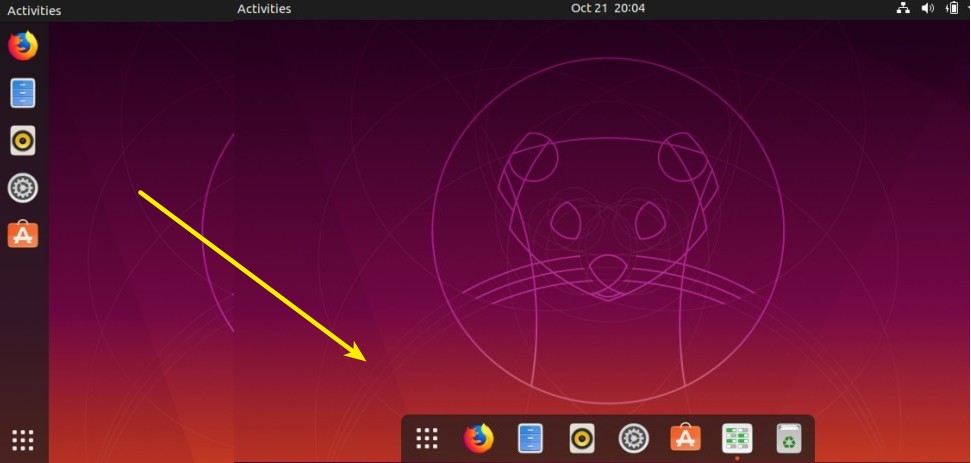


Click the drop-down next to Default web browser. Click General at the top left of the window. The Open With option should now be set to use the default application you selected.
#Mac set default application for extension mac os
Step 3: Select all dummy files in Finder at once, then press option+ command+ I. Launch System Preferences from the dock, Finder, or by clicking the Apple icon in the Menu bar. This is the original default application in Mac OS for this type of file. Open Terminal.app, and using your txt file above do the following command: while read -r line do mkfile 1b file$ done < types.txt Step 2: Create temporary dummy files of every extension in an above category in your user folder. Some extensions may not open in the universal media player / image viewer you want to switch to, but you can fix it on a doesn't-work basis after the switch. From such sources, I removed a few that I deemed unsuitable as they are commonly used in non-media file contexts and may conflict, e.g.xz was in a media list, but it's usually an archive format.) (The above lists were collated from sources including as at 2020.09.30 ( audio, video, image), VLC's formats wiki, foobar2000 documentation, my own knowledge, and various programs' save / export file dialogues. 3g2, I've put such an extension into the video list). While the likes of Mail, iTunes and Safari are set as the default applications on your Mac - meaning they launch automatically when you open an email, audio file or web link - it's easy to give. (For the few file extensions that I'm aware can apply to either video or audio, e.g.ram. Step 1: Put the list of file types (from one of the categories below) into a text file at ~/types.txt, with one per line as shown.īelow are very exhaustive lists for three common media file categories.


 0 kommentar(er)
0 kommentar(er)
